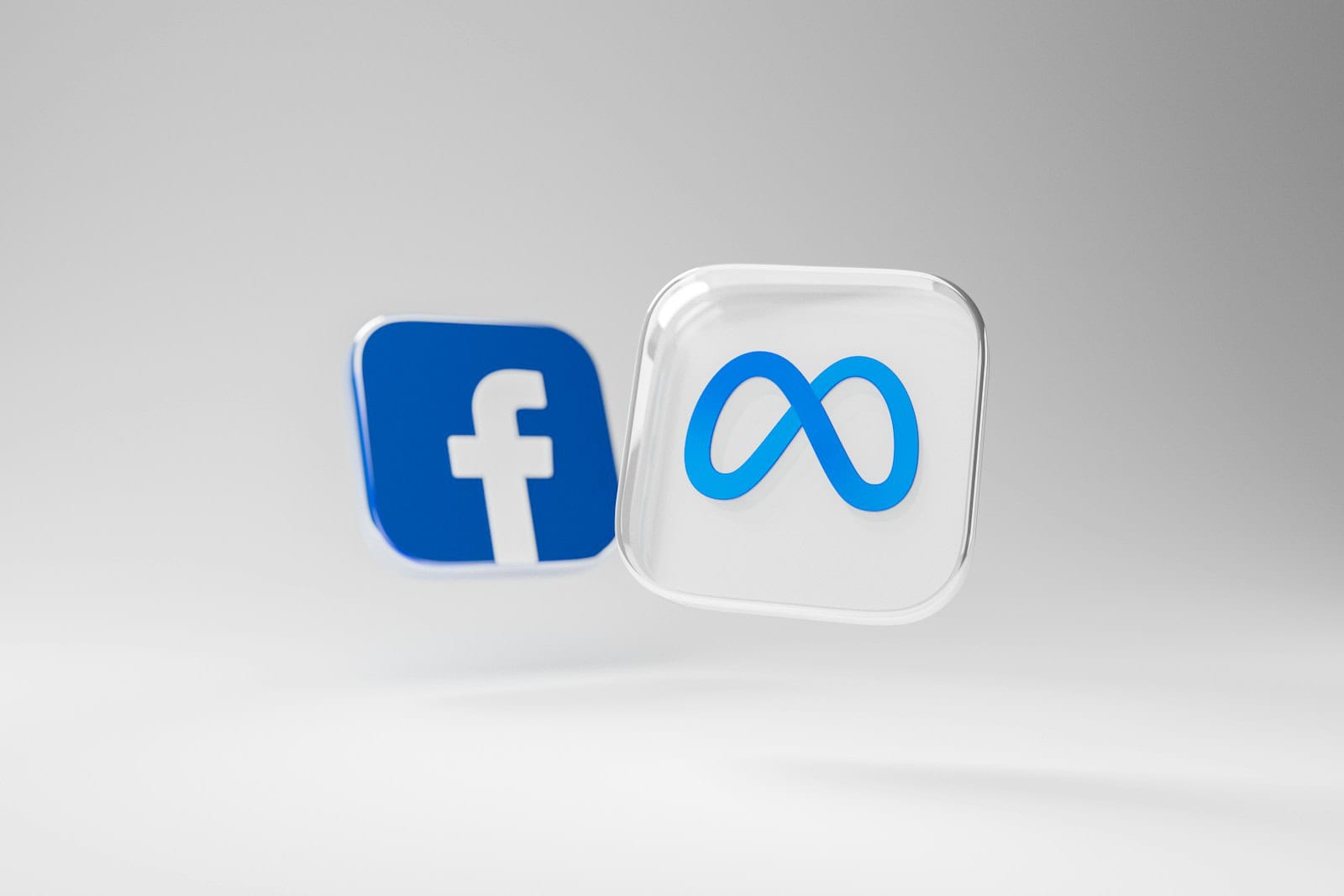Ever noticed how some Facebook profiles have an “Add Friend” button while others have a “Message” button? Facebook profiles sometimes show “Message” instead of “Add Friend” when users have specific privacy settings or when Facebook limits friend request options. People may set their profiles to only allow friend requests from friends of friends.
In other cases, Facebook might restrict your ability to send friend requests if you’ve sent too many recently. This difference isn’t random. It reflects the profile owner’s privacy settings and how they prefer to connect with others. Understanding these distinctions can help you navigate Facebook more effectively and avoid any awkwardness when trying to connect with someone new. Whether you’re trying to friend a long-lost classmate or reach out to a local business, knowing what these buttons mean can make a difference.
These settings help users control who can connect with them. It’s part of Facebook’s efforts to give people more say over their online privacy. When you see only a “Message” option, it means you can’t send a friend request right now. But you can still reach out through a message if you want to connect.
Decoding Facebook: “Message” vs. “Add Friend”
Different Buttons, Different Meanings
When you come across someone’s Facebook profile, you’ll usually see either an “Add Friend” button or a “Message” button. These buttons indicate different things about how you can interact with that person.
The “Add Friend” Button

This is the most common button you’ll see. It means you can send a friend request to that person. If they accept, you’ll become Facebook friends and be able to see their posts in your newsfeed.
The “Message” Button

This button means you can send a direct message to the person without being friends with them. This is useful for contacting someone you may not know well but need to get in touch with.
Why the Difference?
There are a few reasons why you might see a “Message” button instead of “Add Friend”:
- Privacy settings: The person may have adjusted their privacy settings to only allow people they know to send friend requests.
- Public figures: Public figures, like celebrities or businesses, often have “Message” buttons so people can contact them without overwhelming them with friend requests.
- Mutual friends: Sometimes, if you have a lot of mutual friends with someone, Facebook may show a “Message” button to encourage you to connect.
Can You Still Become Friends?
Even if you see a “Message” button, you might still be able to send a friend request. Look for a smaller “Add Friend” link somewhere on their profile. If you can’t find it, sending a friendly message first might be a good way to introduce yourself.
Table: “Add Friend” vs. “Message” on Facebook
| Button | Meaning | When You See It |
|---|---|---|
| Add Friend | Send a friend request | Most common; when someone’s privacy settings allow it |
| Message | Send a direct message without being friends | When someone has stricter privacy settings, is a public figure, or you have many mutual friends |
Key Takeaways
- Facebook profiles show “Message” instead of “Add Friend” due to privacy settings or restrictions
- Users can limit who can send them friend requests on Facebook
- Messaging is still an option to connect with people you can’t add as friends
Understanding Facebook’s Friend Request Mechanics
Facebook’s friend request system has different options based on user settings and relationships. These options affect how people can connect on the platform.
The ‘Add Friend’ Button
The ‘Add Friend’ button is the standard way to connect with others on Facebook. When you see this button on someone’s profile, you can click it to send a friend request. The person will get a notification and can choose to accept or ignore it.
Facebook limits how many friend requests you can send. This helps prevent spam. If you send too many requests in a short time, Facebook may block you from sending more for a while.
Some profiles don’t show the ‘Add Friend’ button. This can happen if:
- The person’s account is set to private
- You’ve already sent them a request
- They’ve blocked friend requests from strangers
The ‘Message’ Button Scenario
Sometimes you’ll see a ‘Message’ button instead of ‘Add Friend’. This usually means the person has strict privacy settings. They may only allow friend requests from people with mutual friends.
In this case, you can still send them a message. You might explain who you are and why you want to connect. This can help build trust before sending a friend request.
Remember, messages from non-friends often go to a separate inbox. The person might not see it right away.
Friend Request Settings and Privacy
Facebook lets users control who can send them friend requests. The main options are:
- Everyone
- Friends of Friends
To change this setting:
- Go to Settings
- Click Privacy
- Find “Who can send you friend requests?”
- Choose your preferred option
Users can also block specific people from sending requests. This is useful for avoiding unwanted contact.
These settings help users manage their privacy. They can control who reaches out to them on the platform.
Facebook’s User-Centric Privacy Options
Facebook gives users control over who can see their profile and contact them. These settings shape how others interact with a profile.
Customizing User Privacy Settings
Users can change their privacy settings on Facebook. They can pick who sees their posts, photos, and personal info. Options include “Public,” “Friends,” and “Only Me.” Users can also make custom lists of friends to share with.
To change these settings:
- Go to Settings
- Click on Privacy
- Choose options for each item
Users can limit who can send them friend requests. They can set it to “Everyone” or “Friends of Friends.” This helps cut down on unwanted requests.
Implications for ‘Add Friend’ and ‘Message’ Visibility
When someone sets tight privacy rules, it changes what others see on their profile. Instead of “Add Friend,” some profiles show “Message” or “See Options.”
“See Options” often means the user only lets friends of friends send requests. If you’re not connected, you can’t add them as a friend right away.
“Message” shows up when you can’t send a friend request. But you might still be able to send a message, depending on the user’s settings.
These options help users control who contacts them on Facebook. It gives them more say over their online social circle.
Potential Issues and Resolutions
Sometimes you might run into problems when trying to add friends on Facebook. These issues can be frustrating, but there are ways to fix them.
Dealing with Friend Request Limits
Facebook sets limits on how many friends you can have and how many requests you can send. This helps stop people from misusing the site. If you hit these limits, you’ll need to wait before adding more friends.
The friend limit on Facebook is 5,000. Once you reach this number, you can’t add more friends. You can still follow people or create a Facebook Page instead.
For friend requests, Facebook doesn’t say exactly how many you can send. But if you send too many too fast, Facebook might block you from sending more for a while.
To avoid hitting these limits:
- Add friends slowly over time
- Only send requests to people you know
- Use Facebook’s suggested friends feature
Handling Spam Marks and Support
If your account gets marked as spam, you might not be able to add friends. This can happen if you send too many requests to people you don’t know.
To fix this:
- Wait a few days before trying to add friends again
- Only add people you know in real life
- Fill out your profile with real info
If you still can’t add friends, contact Facebook Support. They can check your account and help fix the problem.
You can also ask friends to add you instead. This might work even if you can’t send requests yourself.
Remember to use Facebook safely and follow the rules to avoid these issues.







